Unison Research S6 - £2,995
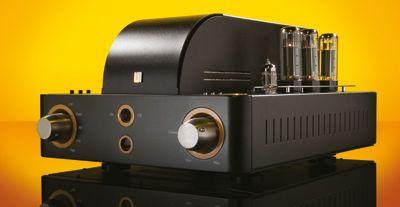
Although solid-state amplifiers offer many practical benefits – smaller size for a given power output, cooler running, higher maximum power output and potentially lower noise – tube amplifiers promise a certain extra ‘something’ that many audiophiles seem to find irresistible.
But is it all imagination and hype? While tube amps might seem to hark back to the golden era of high-fidelity, do they really offer any tangible benefits over a good transistor design? With its pure Class A output stage, the Unison Research S6 has all the right credentials. It undoubtedly talks the talk, but does it walk the walk?
Gutsy soundLike most modern amplifiers, the S6 keeps things simple. It offers five unbalanced line inputs, a set of tape outputs and a single set of loudspeaker outputs. There’s no built-in phono stage and no socket for headphones. The volume and input selector knobs have a nice solid feel and the amplifier comes with a handsome wood-clad remote control that looks like a late ‘80s mobile phone.
Bear in mind it’s actual output is ‘only’ around 30-35 watts and obviously, much depends on things like room size and the volume levels you like to listen at, but ideally it needs reasonably sensitive speakers to avoid running out of steam during loud climaxes.
Six EL 34 output tubes are used (three per channel) along with a pair of ECC 82s. Each output tube features user-adjustable bias and there’s a moving-coil meter to help you set the correct value. If you remove the output tubes and mix them up, you’ll need to check and reset bias again. It’s very easy to do this and once set, you shouldn’t have to adjust bias again – though it’s worth checking every now and again, just to make sure things haven’t drifted.
The S6 has a quoted output impedance of six ohms. Being a transformer-coupled amplifier, loudspeaker impedance-matching is more important with the S6 than it would be with an equivalent transistor amplifier. With direct-coupled transistor designs, amplifier current-output doubles (in theory at least!) as loudspeaker impedance halves. To exploit this, some loudspeaker manufacturers produce speakers with a four-ohm impedance to squeeze more power (current) from the amplifier – basically it’s a means of increasing speaker efficiency.
However, being transformer-coupled, tube amplifiers don’t respond in a reciprocal manner and require matching; many offer a choice of four- and eight-ohm outputs, allowing you to match amplifier and loudspeakers with greater precision to maximise power transfer.
While manufacturers usually state the nominal impedance of their loudspeakers, the ‘correct’ impedance match is essentially the one that gives the loudest sound. By providing an output impedance of six ohms, Unison Research offers a compromise setting that should work well with most loudspeakers – though low-efficiency types with an impedance of four ohms will probably benefit from a proper four-ohm tap.
Being pure Class A, the amplifier runs pretty hot. Naturally, the six EL 34s put out quite a bit of heat, but, being as they’re not enclosed by casework, they ventilate naturally.
There’s a stainless steel platform to radiate heat upwards, but the central section of the amplifier gets very warm during extended use, so don’t leave a CD case there – it might have turned into a strange shape by the time you return!
Crucial influenceThe S6 is solidly made, being built on a steel chassis and sporting a 2mm-thick alloy front panel with wooden inserts. Earlier incarnations of this amplifier had quite a bit of decorative wood to liven-up the visuals (and add a bit of damping?), but this new version is plainer-looking – albeit still very stylish in an understated sort of way.
While at £2,990 the S6 is not inexpensive, it offers good value given the quality of sound it produces. You could easily pay a lot more and not achieve anything like as good a sound – it’s definitely an amplifier that punches above its weight. Speaking of which, at 25kg (55Ilbs) the S6 is a heavy beast.
This is a good thing, as it indicates massive transformers. Not just the main power transformer, but the two output transformers that couple the loudspeakers. The latter have a crucial influence on sound quality. Way back in the late-1960s, eliminating the output transformer was one of the main reasons given for preferring transistor amplifiers over valve types – direct-coupling gave you a sharper, more immediate sound.
Much of the ‘valve sound’ (warmth, roundness, fullness, weight) is down to the fact that virtually all tube amps are transformer-coupled.Although having an output transformer adds an extra component, it also blocks RF interference and ‘protects’ the amplifier’s output from the vicissitudes of the loudspeaker crossover. The downsides are things like added cost, possible peak level saturation and phase shift at frequency extremes.
Crisp dynamicsThe S6 produces a very rich smooth alluring sort of sound that we found immediately likeable. It delivers a big weighty sort of presentation that’s full-bodied and solid. There’s something ‘right’ about the combination of incisive clarity and rich pungent depth it offers.
On naturally miked recordings of acoustic music (classical, jazz), it recreates vocal and instrumental timbres in a manner that’s wholly believable and ‘real’-sounding.
For decades now, audiophiles have debated whether or not valves sound as ‘accurate’ as transistors. But, how do you judge accuracy? Unless present when the recording was being made and able to hear exactly how it sounded live, it’s difficult to say with authority what is or isn’t accurate. What you can say with greater certainty is whether or not something sounds believable and authentic. Judged in these terms, the S6 delivers results that are very convincing and real-sounding.
As mentioned earlier, at just 35 watts, it’s not massively powerful. But, it definitely punches well above its weight and (in the nicest sense) cons you into believing it has all the power you could ever need – and maybe even a bit to spare. Leastways it does when partnered with reasonably sensitive loudspeakers – say, those over 93dB/W. However, this is an illusion – if pushed too hard, the sound loses its dynamic clarity and transparency.
While the S6’s tonal balance has a honey-rich glow and warmth, the sound is not ‘soft’ or lacking in detail. Indeed, it’s often remarkably tactile and incisive, with crisp dynamics and 3D stereo imaging. At the same time, bass and treble extremes remain beautifully balanced and integrated, so that the higher frequencies never ‘lead’ the midrange and bass. The bottom end is clean and firm – maybe not quite as deep and powerful as certain direct-coupled transistor designs, but solid and weighty when it counts and free from smearing and boominess.
If you push the amp hard, the bottom end seems to compress slightly and the sound loses dynamic separation. But you don’t hear the sound break-up as such.
For such a hot-running amplifier, the S6 sounds pretty good from a cold standing-start. It does become a little freer and more mellifluous after (say) an hour or so, but it’s very listenable from the off (our review sample had seen some action at a couple of hi-fi shows and was more or less fully run-in).
During those all-important few minutes when we first got the amp up and running, we had an immediate ‘I like it’ moment – being smitten with its combination of smooth, lush warmth and crisp incisive clarity. It definitely delivers that airy, three-dimensional quality Class A amps are famous for.
Absolutely gorgeousIf you’re new to valves and wonder what all the fuss is about, Unison’s Research’s S6 would be the perfect introduction. It sounds absolutely gorgeous, delivering that sweet glowing richness that tubes are famous for, without loss of bite or immediacy. Indeed, it’s the combination of silky smoothness and crisp immediacy that is so alluring.
Power output is limited, but the S6 is one of those tube amps that’s very good at covering its tracks. Listening to it, you’re rarely aware of its ‘limitations’. It recreates the music with little sense of strain and sounds as though it has power to spare.
LIKE: Rich, yet crisp, incisive sound – subjectively very powerful
DISLIKE: Runs hot – limited output power
WE SAY: Creates a big spacious soundstage with ample depth and width. Clarity is excellent; sharp, open and detailed
DETAILS
PRODUCT: Unison Research S6
ORIGIN: Italy
TYPE: Integrated valve amp
WEIGHT: 25kg
DIMENSIONS: (WxHxD) 350x210x490mm
FEATURES:
• Pure Class A output stage
• Transformer coupled to the loudspeakers
• User adjustable bias
• Line level inputs only
DISTRIBUTOR: UKD
TELEPHONE: 01573 652669
WEBSITE: unisonresearch.com
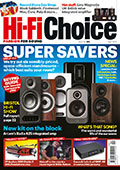 |
Inside this month's issue: Arcam Radia A25 integrated amp, iFi Audio iDSD Diablo 2 DAC/headphone amp, Eversolo DMP-A8 streamer/DAC/preamp, Line Magnetic LM-845IA valve amp, Record Store Day Spring Drop, standmount loudspeaker Group Test and much, much more
|
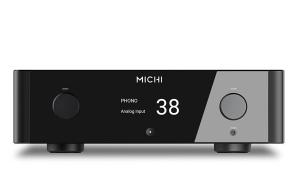
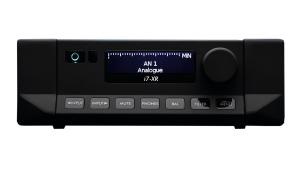
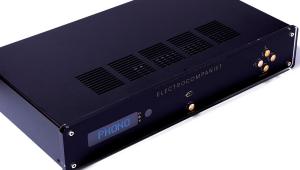
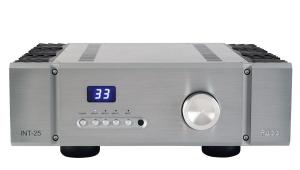
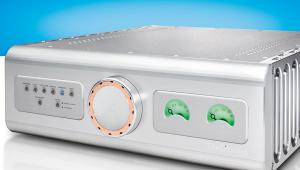
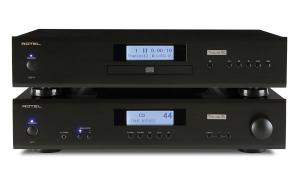
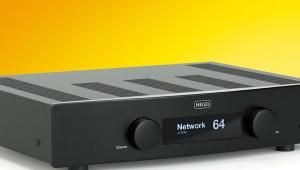
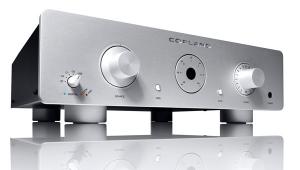
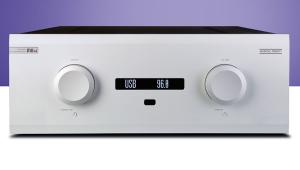
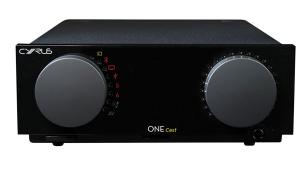
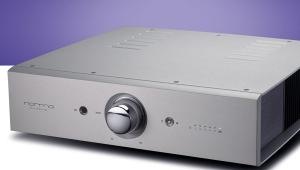
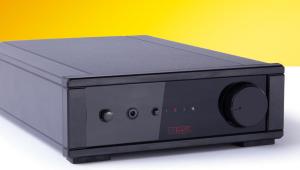
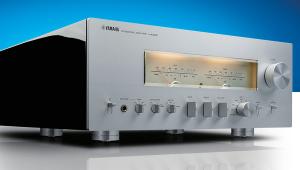
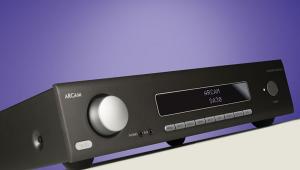
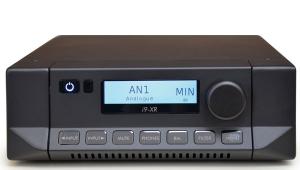
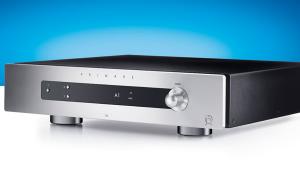
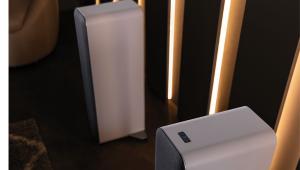
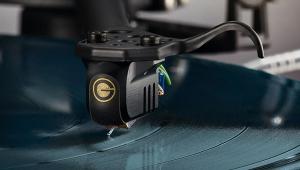

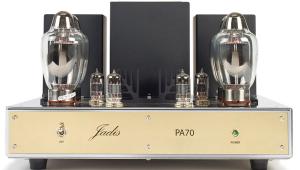
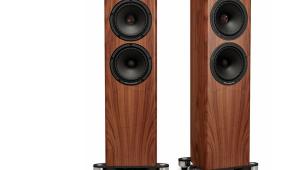
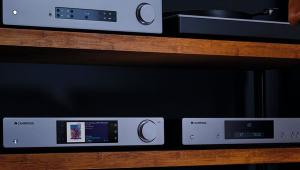
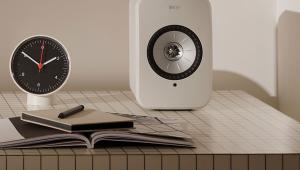
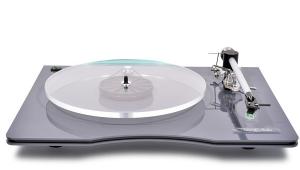
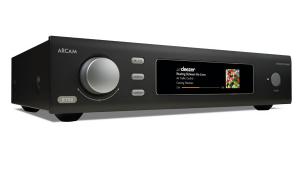



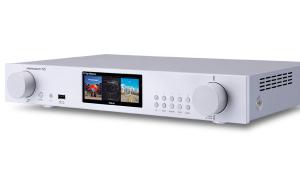
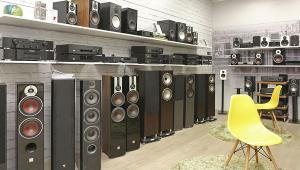
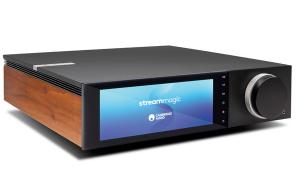




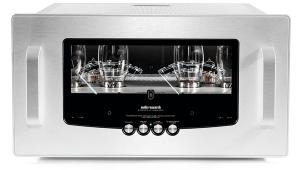

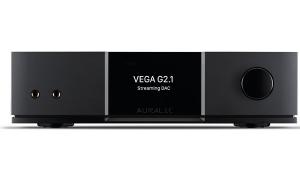
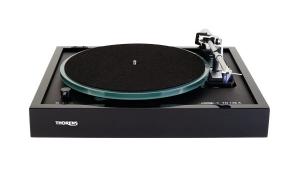

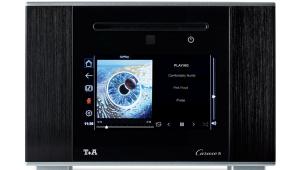
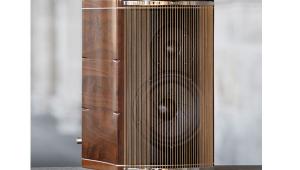
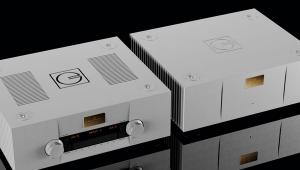
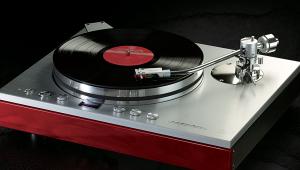


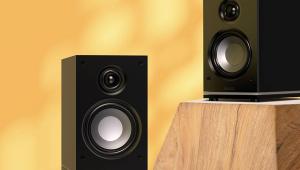
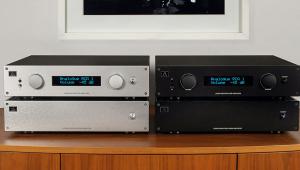
.jpg)



